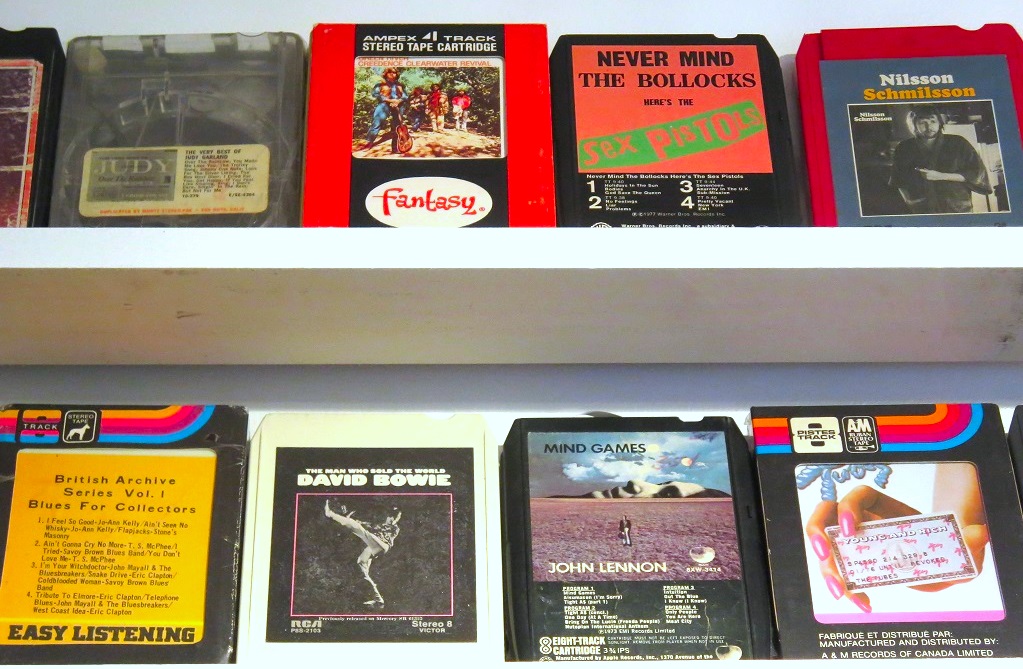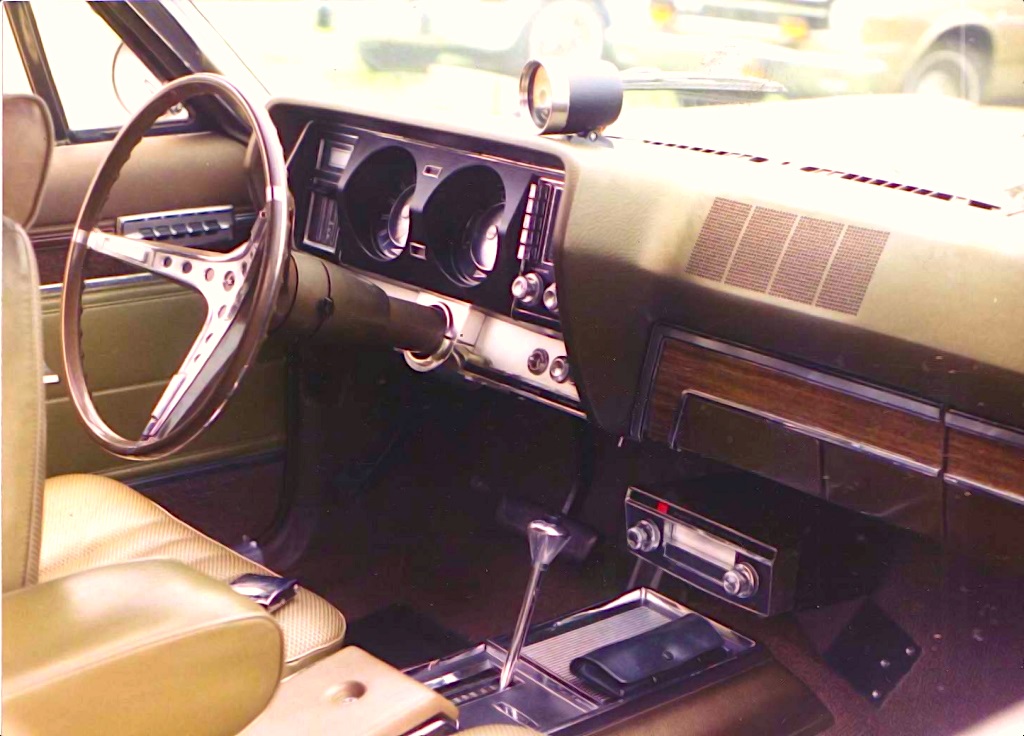The era of compact audio: Stereo 8 story - eight-track cassettes
Last time, we talked about Stereo-Pak , which paved the way for tape recorders to car players. Today we are talking about his successor - Stereo 8, who briefly seized the initiative. Photo by Leonard Nevarez / CC BY / Stereo 8 cartridges on the shelves of a thematic museum in the USA
Photo by Leonard Nevarez / CC BY / Stereo 8 cartridges on the shelves of a thematic museum in the USAFormat father
The author of the format is self-taught designer William Lear. Throughout his career, he has registered more than 120 patents. Among his inventions is one of the first car radios named Motorola. This radio was produced by Galvin Manufacturing, later it became the same Motorol. Lear also set up production of aviation radio compasses that helped pilots fly in low visibility conditions. Later, he began to design the aircraft themselves, and opened a separate Learjet company for this business in 1960.But just three years later - in 1963 - Lear was destined to return to the automotive theme. The Stereo-Pak cartridge fell into his hands. Lear saw the potential in a new portable format - he wanted to simplify and improve the design of the cassette and bring his own product of this class to the market.Lear increased the number of tracks from four to eight, removed the belt tensioning mechanism and a clamp to prevent it from slipping. So he reduced the number of components inside the cartridge and simplified the production process. Lear also applied a special strip of foil to the tape, marking the end of the sound track. It served as a signal for the tape recorder that it was time to move the magnetic head. In the case of the Stereo-Pak, it was necessary to manually switch the jitter using a special lever on the player. As a result, Lear received an eight-track cartridge on which it was possible to record up to 90 minutes of music - twice as much as on the Stereo-Pak.It was convenient to use: drivers did not have to often change cassettes while driving. First, the new cartridges were called the CARtridge , but then renamed to Stereo 8 .Spread
The format was inferior in sound quality to its competitors - in the first place, narrow sound tracks affected it. As the wear and tear, the accuracy of head positioning decreased, which caused noise during playback. The roller clip in the cartridge made of rubber was regularly deformed during operation - especially if the owner forgot to remove the cartridge from the player when it finished listening to music. There were other problems: the player regularly chewed the tape in those cars where its body was located close to the engine. Due to high temperatures, grease evaporated from the belt., , . , . Ford Motor Company Stereo 8 , .
In 1966, the opportunity to install a regular player was given to buyers of three models: Mustang , Thunderbird and Lincoln . A year later, tape recorders were offered for all Ford cars. Players for 8-track cartridges were also installed by AMC Corporation, mainly in Marlin (pictured below). Photo by CZmarlin / PD
There was also no lack of music produced on Stereo 8 cartridges. Lear managed to enter into a partnership agreement with a pair of major labels - Ampex and RCA Victor Records. Montserrat Caballe, Jim Reeves , Kate Smith released their music in this format.as well as The Monkees, The Youngbloods and many others. The format along with vinyl was adopted as a standard for recording studios in the USA, Japan, Canada, Australia, Great Britain and other countries.Over time, the format became portable and migrated to homes. Under it let out players and Hi-Fi installations. Similar systems were made by Telex Communications , Electra and Panasonic . However, it was not possible to keep the Stereo 8 market.
Photo by CZmarlin / PD
There was also no lack of music produced on Stereo 8 cartridges. Lear managed to enter into a partnership agreement with a pair of major labels - Ampex and RCA Victor Records. Montserrat Caballe, Jim Reeves , Kate Smith released their music in this format.as well as The Monkees, The Youngbloods and many others. The format along with vinyl was adopted as a standard for recording studios in the USA, Japan, Canada, Australia, Great Britain and other countries.Over time, the format became portable and migrated to homes. Under it let out players and Hi-Fi installations. Similar systems were made by Telex Communications , Electra and Panasonic . However, it was not possible to keep the Stereo 8 market.Sunset and pseudo-renaissance
Already in the middle of 1976, 8-track cartridges began to play the usual Philips cassettes. In the United States, even despite the support and advertising campaign of actor Jimmy Walker, sales of Stereo 8 were plummeting. One of the latest major releases is Fleetwood Mac's 1988 album Greatest Hits.Today, Stereo 8 is nothing more than a subject of nostalgia. However, small indie artists are trying to give the format a second life and release albums on it.Over the past few years, RTB2 and Melvins have been featured , as well as Waves Crashing Piano Chords and Cheap Trick . Who knows, maybe in the future we will see a revival of the format, as happened with vinyl .
« Hi-Fi»: «Highway Hi-Fi»:
«Highway Hi-Fi»: -:
-: :
: -: / ?
-: / ? DAT- :
DAT- : « »
« » :
:
: Source: https://habr.com/ru/post/undefined/
All Articles